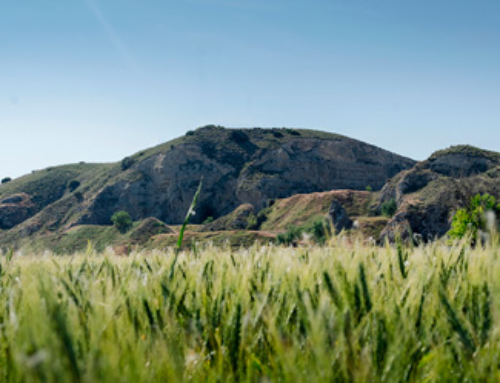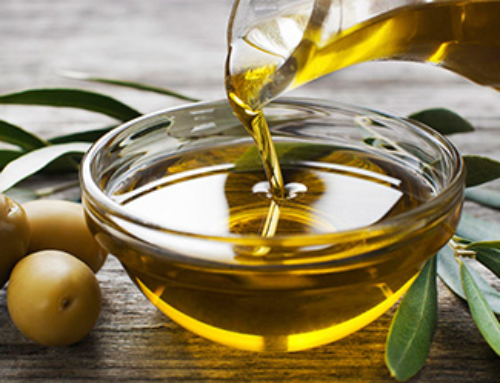Project Description
Garlic
Since Roman times, the river Tajuña, passing through Morata, has been an inexhaustible source for crops such as wheat, hemp and onions. But out of all of thm, garlic has always stood out.
Garlic has been sown since ancient times in Morata and is used as a culinary condiment or as a healing remedy. In fact, there are several documents that already attest to the importance of the village garlic in Madrid’s markets since 1786.
With the start up of the Tajuña railway in 1901, Morata’s agriculture was further promoted, being able to transport wines, cereals, beet and, of course, garlic. Morata became the main supplier of garlic to the capital, a title it still holds.
In Morata de Tajuña there are more than 200 hectares entirely dedicated to the cultivation of garlic, especially the violet and white varieties. Every year, growers of garlic from Morata collect between three and four million kilos of this product, making it one of the municipalities with the largest production in the Community of Madrid and the mainland of Spain.
The success of Morata garlic is based on the fertile soil of the Tajuña valley, which makes it grow big. The dampness and cold conditions of the river are also beneficial for garlic, which is harvested from late May to July.








